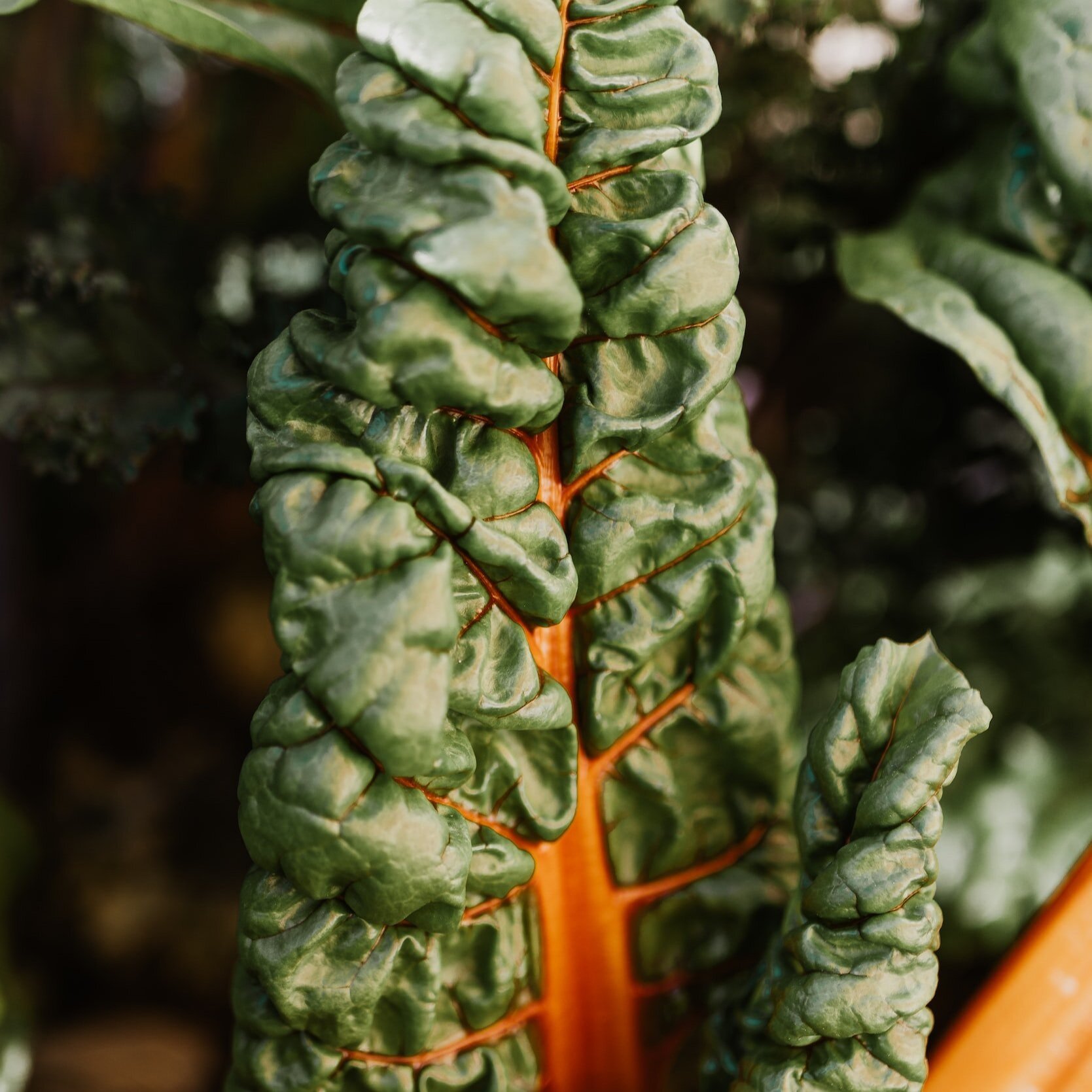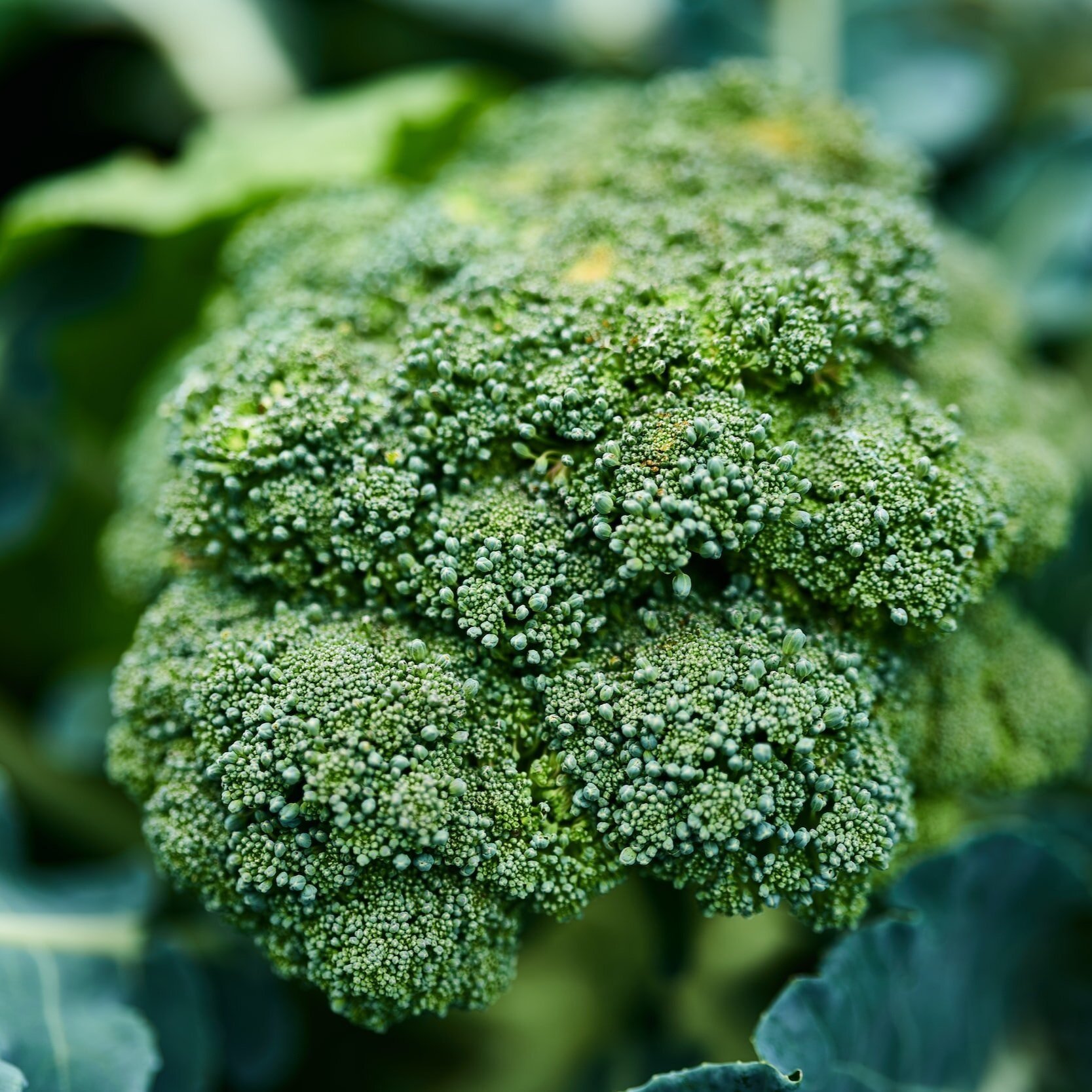Fall Gardening 101: How to Plant a Thriving Vegetable Garden for the Cooler Months
No one in a state that experiences all four seasons wants to think about fall and winter in the summer, but sometimes it pays to look ahead. If you’re wondering if it’s too late in the year to start a garden, or you’re noticing some gaps starting to form as your spring plantings reach the end of their harvestable life span, fall gardening is the answer. Gardening in zone 6, we don’t get to grow all year long unless we have cold frames, a green house or a hoop house - our season for a productive garden is from about May to October, and even within that limited season we have to contend with variable temperatures at the beginning and end of that time period. A fall garden is our final push to maximize the yield we can get in this limited time frame, as well as a second chance for beginner gardeners new to gardening to join in and get planting their first garden with easy to grow crops to start saving money and eating healthier.
Fall gardening is more limited, since not as many plants thrive in the colder weather of September, October or November. But the plants that are resilient enough to survive these colder temps are that much more gratifying to harvest. In this blog post, you’ll learn everything you need to know to plant a fall garden and keep your garden going as long as possible.
Types of vegetables that can be grown in the fall
Certain groups of vegetables thrive in the cooler temperatures of fall, and many even require that cooler weather in order to germinate properly. Some can survive temps as low as 20F degrees. Coincidentally, many of these are great options for beginners to grow if you’re just starting out. Fall vegetables are fast growing, since they need to reach maturity in a short amount of time before the cold of winter sets in fully, so you’ll be reaping the rewards of your garden quickly. They are usually pretty low maintenance too, so if you’re a beginner fall is the perfect time to start gardening.
Where to buy vegetable seeds
Botanical Interests is the only place I order vegetable seeds online. The quality is unmatched, they offer a wide variety of seeds and their customer service is excellent. I did about fifty percent transplants from the nursery in the garden this year and fifty percent direct sowed to avoid dealing with a seed starting setup this spring, and everything that I direct sowed in my garden this year came from Botanical Interests, and I had zero issues with germination. It doesn’t hurt that the seed packet illustrations are pretty enough to frame either. Of course, you can also get all the flowers and summer crops you’ll want for your garden too.
Here’s my top recommendations for planting your fall vegetable garden with picks and descriptions from Botanical Interests
Leafy greens
Many leafy greens germinate best in cooler temperatures. Wait to plant these until the heat of summer has fully passed for a quick harvest and you’ll be enjoying salads well into October (or add a DIY cold frame to your garden for fresh greens all winter long)
LETTUCE
From the Botanical Interests website:
Butterhead, also called Boston or Bibb, has soft, smooth leaves perfect for carb-free wraps.
Crisphead is your familiar iceberg, which perfectly complements a BLT sandwich.
Mesclun, literally means mixture, creating a diversity of texture and color. Mesclun is harvested when young, and perfect for a multitude of culinary dishes.
Leaf lettuce is soft, with a crisp rib and can be not only green, but red or red-tipped.
Romaine lettuce is upright with broad, stiff ribs—the classic ingredient in a crisp Caesar salad.
Summer Crisp, also called Batavia, forms a loose head with green or red leaves that are sweet and crisp.
SPINACH
'Bloomsdale' is an early 1800's, dependable, open-pollinated variety. For growing tender, baby greens in as little as 28 days, you can sow seeds just 1" apart. Very nutritious—lots of vitamins A and C and iron. Grows great in a container too!
SWISS CHARD
'Celebration' is a multi-colored chard that produces uniform plants with dark green, glossy leaves. Vibrant multi-colored petioles (stems) are various shades of pink, yellow, white, and orange.
Root vegetables
Root vegetables are sweetest and juiciest when harvested in cool weather. They usually prefer warmer temperatures to germinate, so you’ll want to get your seeds planted in August for a fall harvest. They tend to store for a long time in cold storage too, and certain crops like carrots can even be left in the frozen ground over the winter and harvested in the following year in early spring - the freeze makes them even sweeter!
CARROTS
Grown and eaten in Asia and Europe 1,000 years ago, these colorful carrots are available once again. Just like the popular orange carrots, red, purple, white, and yellow carrots contain plenty of vitamin A and other healthful nutrients. Carnival Blend carrots can also be harvested when only 3"-4" long for gourmet baby carrots.
RADISHES
'Round Black Spanish', also known as 'Noir Gros Rond d'Hiver', grown in the U.S. since the 1800s, is an extra large, winter radish that adds spiciness to raw or cooked dishes; spiciness declines when cooked. Winter radishes require a shortening day length and cool temperatures to mature the edible root; sow after mid-summer and into early fall. They can be stored for long periods.
'French Breakfast' has endured in gardens for over 100 years because of its wonderful, delicate flavor. This spring radish grows best during the cool periods of spring and fall but will also withstand some summer heat!
TURNIPS
Pure white and mild, 'Market Express' is a great baby turnip in salads, crudité trays, and pickling, as well as traditional cooked turnip dishes. The roots have a smooth texture and slightly sweet, fruity flavor that upgrades homegrown meals, and the greens are also delicious. Fast growing, enjoy 2" baby-sized turnips in only 30 days, or grow them to full size (4"–5") in just 40 days.
The globe-shaped roots of ‘Purple Top White Globe Turnips’ have purple shoulders above ground and are creamy-white below the soil level.
BEETS
Aside from the health benefits, which include significant amounts of fiber, potassium, folic acid, and vitamin C, beets come in many colors. 'Gourmet Blend' includes 'Detroit Dark Red' with deep red roots and delicious dark green tops, 'Chioggia' with interior rings of bright pink and white, and 'Golden' with bright yellow flesh.
Brassicas
Plants in the brassica family produce a form of antifreeze when exposed to cold temperatures that actually causes the plants to taste sweeter. I enjoy winter kale far more than summer kale - not to mention, there’s no cabbage moth pests in the winter chewing through every leaf before I have a chance to harvest it.
KALE:
'Red Russian', brought to North America in 1885, is sweet and tender all the time, making it excellent for mesclun, garnishes, and sautéing. The red veins, wavy margins, and foliage that resembles oak leaves make 'Red Russian' as attractive as it is delicious. Harvest baby greens in just 21 days.
BRUSSELS SPROUTS
‘Long Island Improved’ produce 1"–1½", blue-green orbs that look like tiny cabbage heads, and grow tightly and densely against the main trunk of the plant. The cluster of leaves at the top of the plant give it a palm-tree-like look. Long Island Improved was developed in the 1890s, quickly becoming the garden standard, and continues to be a dependable heirloom for home gardeners.
CAULIFLOWER
‘Snowball Y’ provides flavorful, 6" snow-white heads in just 70 to 80 days. The leaves naturally curl nicely around the heads providing self-blanching and protection from sun scald. Mature heads hold well in the garden, so they don't all have to be picked at once.
BROCCOLI
'Waltham 29' grows prolific side shoots and is specially adapted for cold tolerance. Freezes well. The 4"-6", blue-green heads are delicious raw or cooked.
Sprouting broccolis, like 'Burgundy', create one moderate to small main head, but the real show starts as it begins to produce generous side shoots. Purple broccolis are known for being quite tender, flavorful, and full of antioxidants, but in most cases also a bit fickle, needing cool temperatures–not 'Burgundy'; it's tolerant of a wider range of temperatures, which means a longer harvest period. Some gardeners pinch the first main floret off as soon as it is visible to encourage more abundant side shoots.
Garden Tip
Make sure to prepare your soil by top dressing your beds with fertilizer before you add new plants to your garden, as the soil is likely depleted from all the growth of the past few months. Pest pressure should be a lot lighter in your fall garden, and you won’t need to water as often since there won’t be as much heat drying out the soil. Fall gardening is an easy and fun way to extend your growing season, I hope you’ll give it a try!








